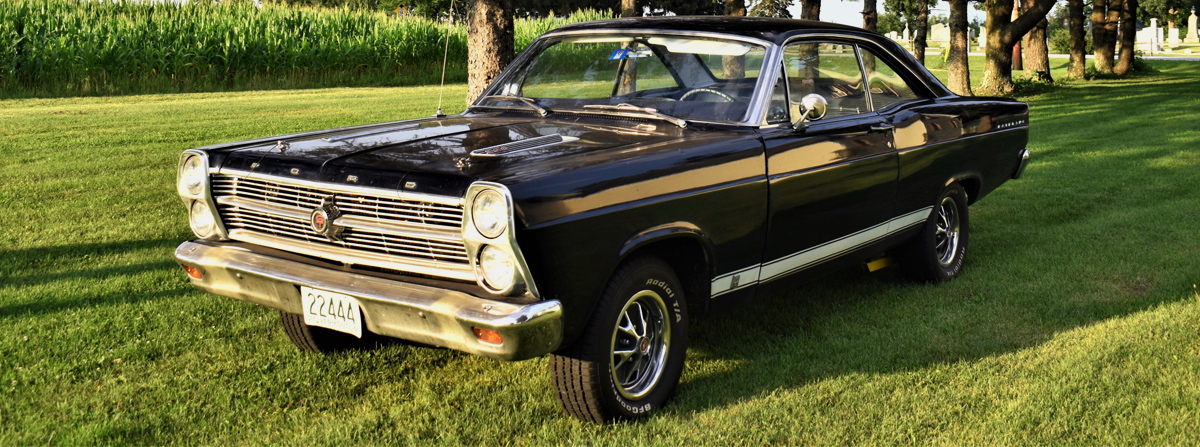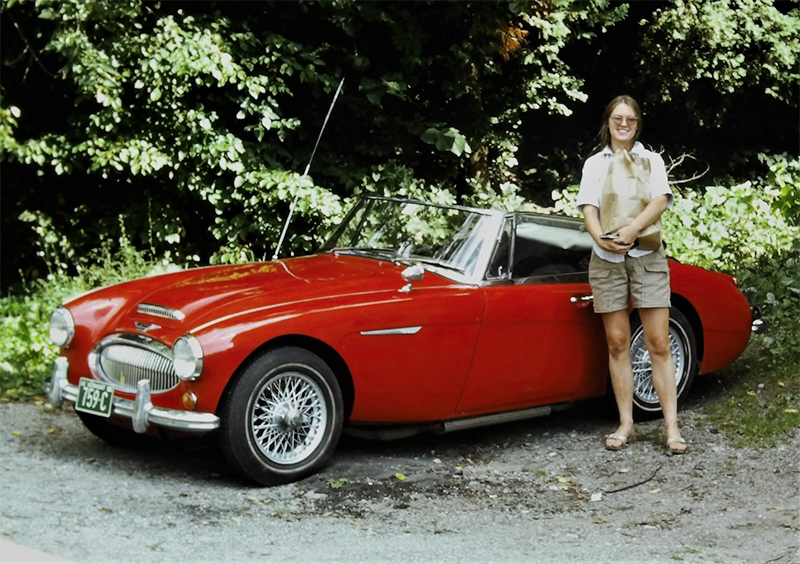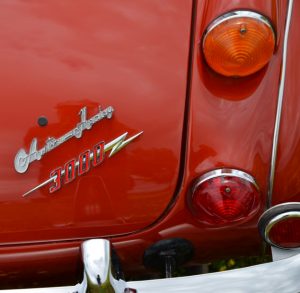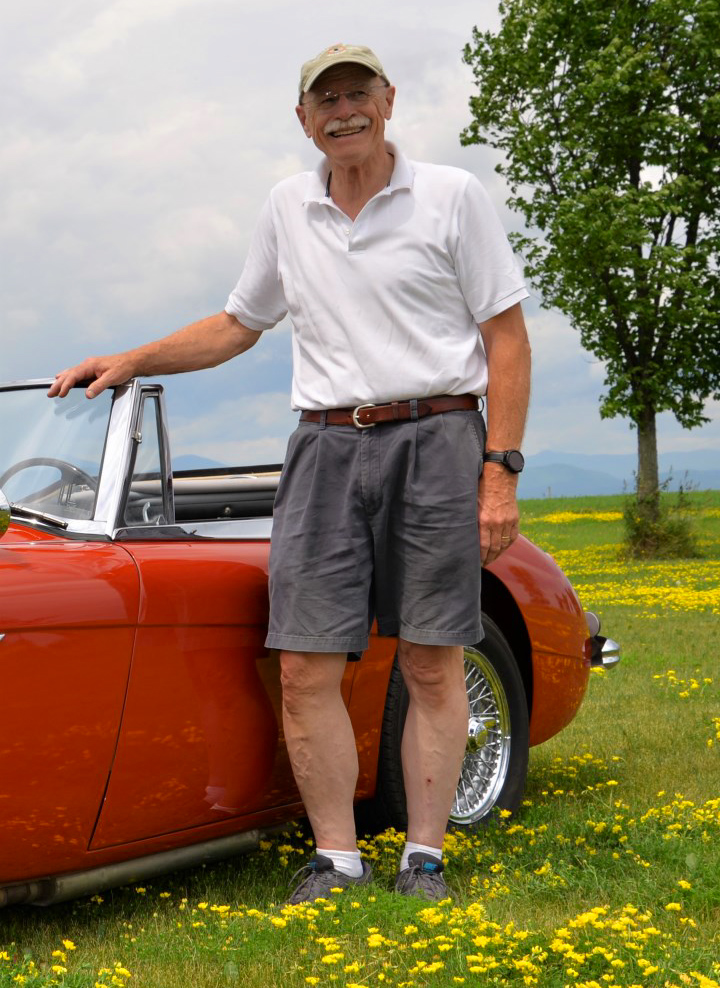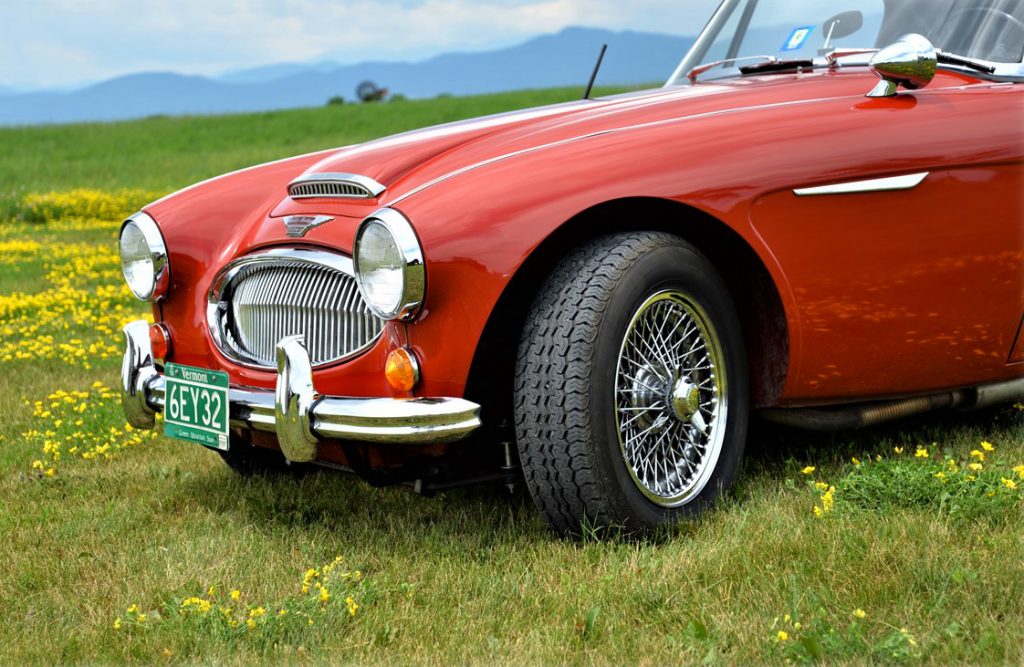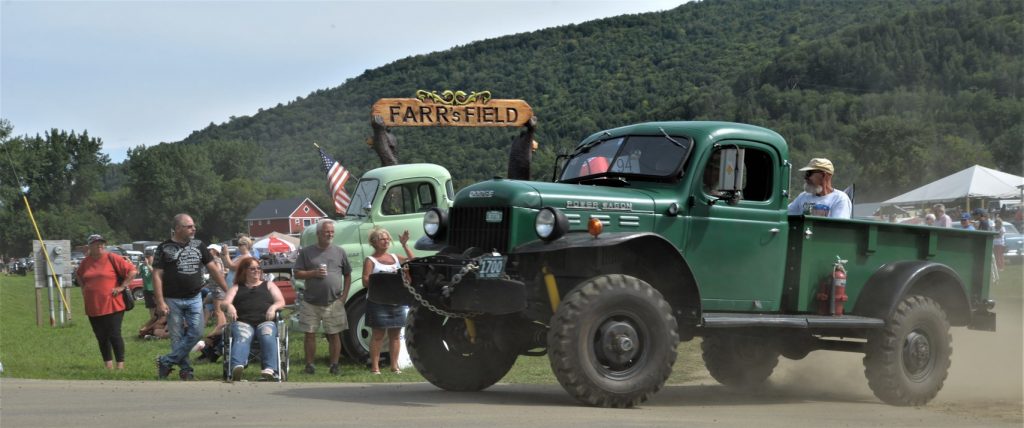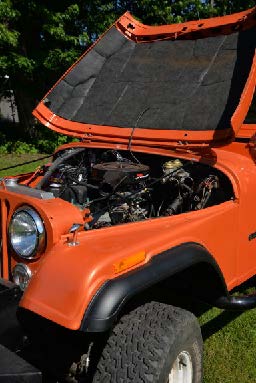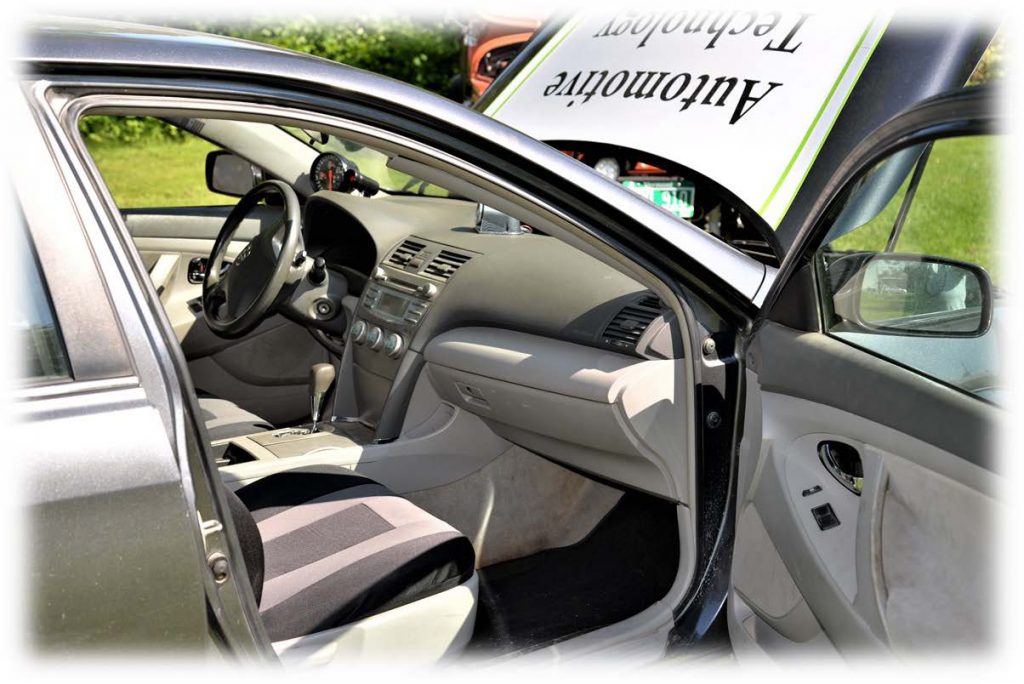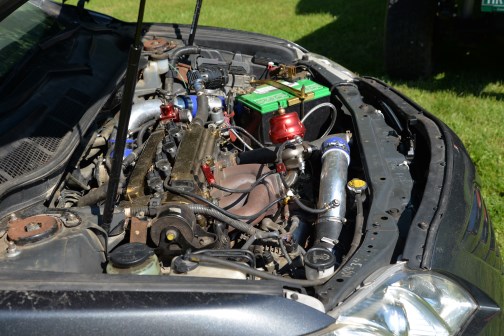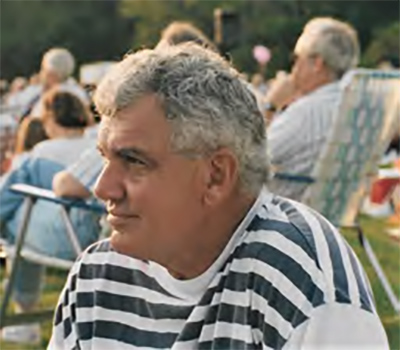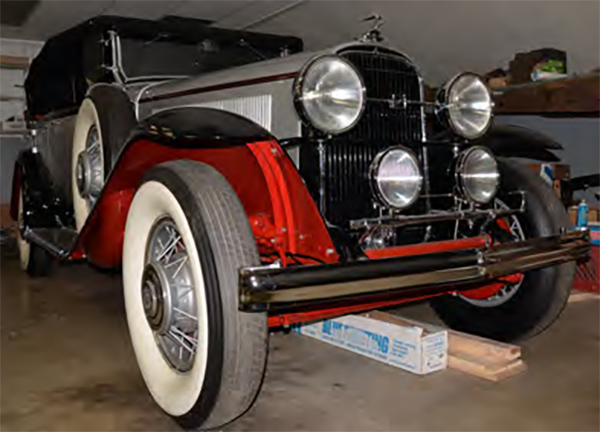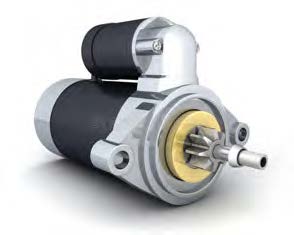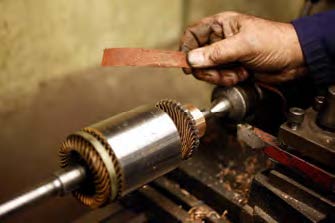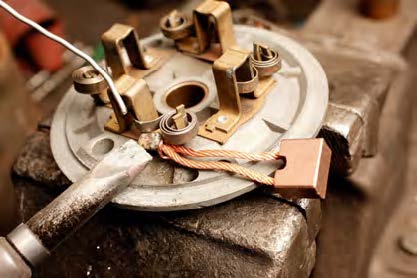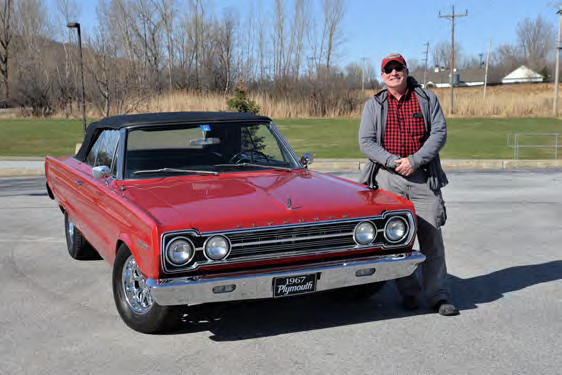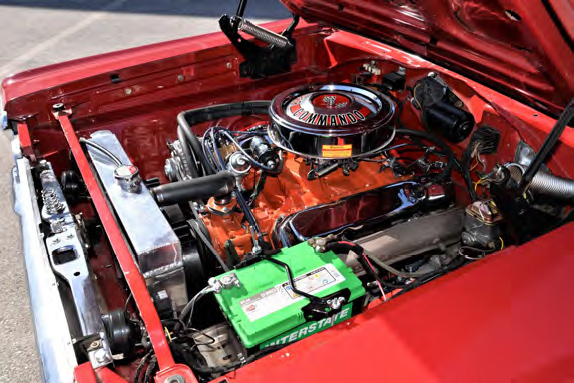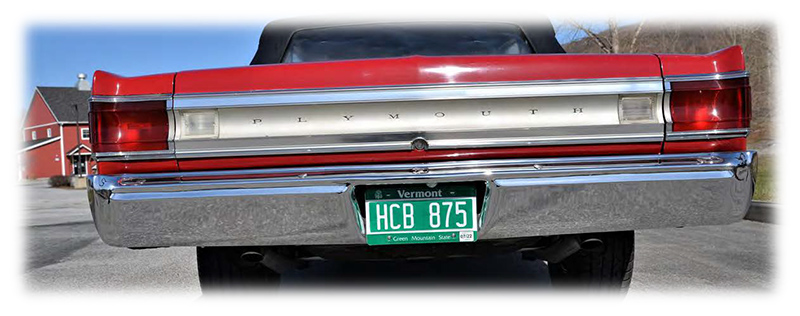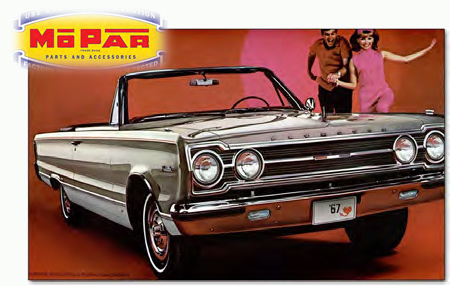“I had just about given up, then I remembered my parents had a 1966 or 67 Fairlane. It was a nice car with a 289 and auto transmission. I found this good looking 1966 GTA S-code 2-door in Lynn, Mass.”
Dave Carpenter, Addison, Vermont
I really enjoy reading articles, be it from Wheel Tracks, Hemmings Muscle Car Magazine or other publications about the men and women that have their first car.
I am not one of them, although parts of that first ride are still with me, we shall get back to that later.
It was the 2014 Stowe Show that got us to where we are today in the ownership of our 1966 Fairlane GTA. At the time, I was the Automotive Instructional Aide at Hannaford Career Center in Middlebury . The instructor was not able to use the tickets he had received from the Golden Wrench Award so he asked if I could use them. Not one to pass up a freebee I said: sure. When August rolled around, I said to my wife Mary, let’s go to the Stowe Car Show, I have free tickets. We made a day of it, going for lunch, site seeing and attending the show Friday afternoon.
As we were getting ready to leave, she asked what was my first car? I responded, “a 1967 Chevelle Convertible”. Then she asked, “what does one look like”? Have you ever been to a car show and seen less than a dozen of that vintage? Well, wrong place and wrong time, as none were to be found, but fortunately I did spot a 1966 Hardtop as we were getting close to the parking lot, on our way out. To my great surprise, she stated, “if you really want to get another one, its OK with me”. Wow, what an offer! I thought I knew pricing on that vintage. Wrong! Want’s are one thing, but I did not need a car that badly to pay what asking prices were.
I had just about given up, then I remembered my parents had a 1966 or 67 Fairlane. It was a nice car with a 289 and auto transmission. A few minutes on Craigslist and I found a good looking 1966 GTA S code 2-door in Lynn, Mass. We had already planned a trip to see our grandkids who at the time lived in Saugus, only minutes from the car. An appointment was set. We looked at the car, made an offer and two weeks later, Dave Welch and I picked the car up and returned home.
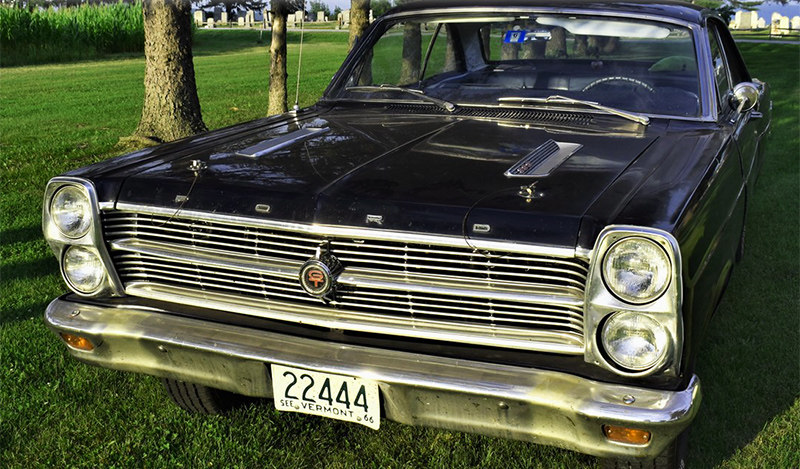
What impressed me about this car is how complete it was. Sure, it needed a complete once over but it was basically rust free, all trim, emblems and interior original. Mary wanted a complete car, not a project car that would probably never see the road. Always listen to your wife!
What we have done since 2015 is: a complete suspension rebuild including brakes, springs, shocks and new front end components. The rear end and drive shaft has been rebuilt with new bearings and gears. The engine has had head work done, a new cam and intake manifold. The transmission was totally rebuilt.
Next on the agenda for 2022 will be new interior pieces such as seat covers and door panels. It will never be a show car but neither was that 67 Chevelle, just a fun car to drive and get an occasional ice cream in. And speaking of that first car, I do have the Motorola 8 track player that was once in the Chevelle. It now resides in the Fairlane, in great working order. So I guess in a small way, I still do have that first car, at least a small piece of it and a fond memory every time I play those 8 tapes ( the one I am listening to at the moment is by Bob Seger and the Silver Bullet Band).











